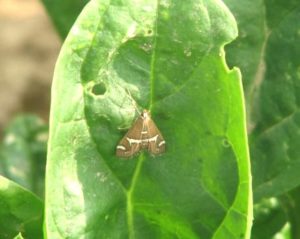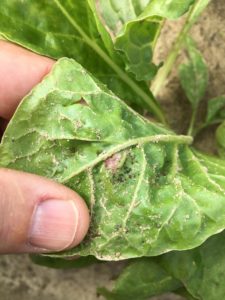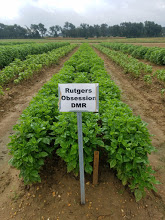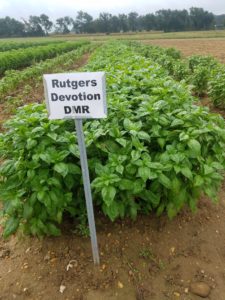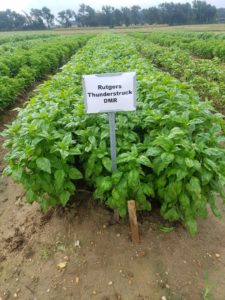Winter injury is a crucial limiting factor to wine grape production in the New Jersey. Following the harsh winter of 2013-14, almost 85% of vineyards reported various degrees of cold damage. Often, the cold injury results in the development of Crown gall disease, which causes gall formation around the trunk and graft unions, which can lead to vine decline or death. One particularly useful way to reduce winter injury is to protect the graft union from the cold by covering, or Hilling-up, the base of the vines with soil to protect the graft union. Right time to hill-up is after the harvest and before the ground is hard frozen – that is now!
Factsheet 1264 https://njaes.rutgers.edu/fs1264/ details the following important aspects of hilling-up to protect the graft union from cold damage.
- The principle of Hilling-up – How the soil works, both as a thermal mass that holds the heat and insulator that slows heat loss.
- How to perform effective hilling-up using available and specialized implements.
- Cost benefits of using the implements.
- Challenges such as, timing, preventing damage to the drip lines and to trunks during hilling-up; and how to address those challenges.
- The process of hilling down in the spring to prevent root formation above the graft union and proper weed management.
